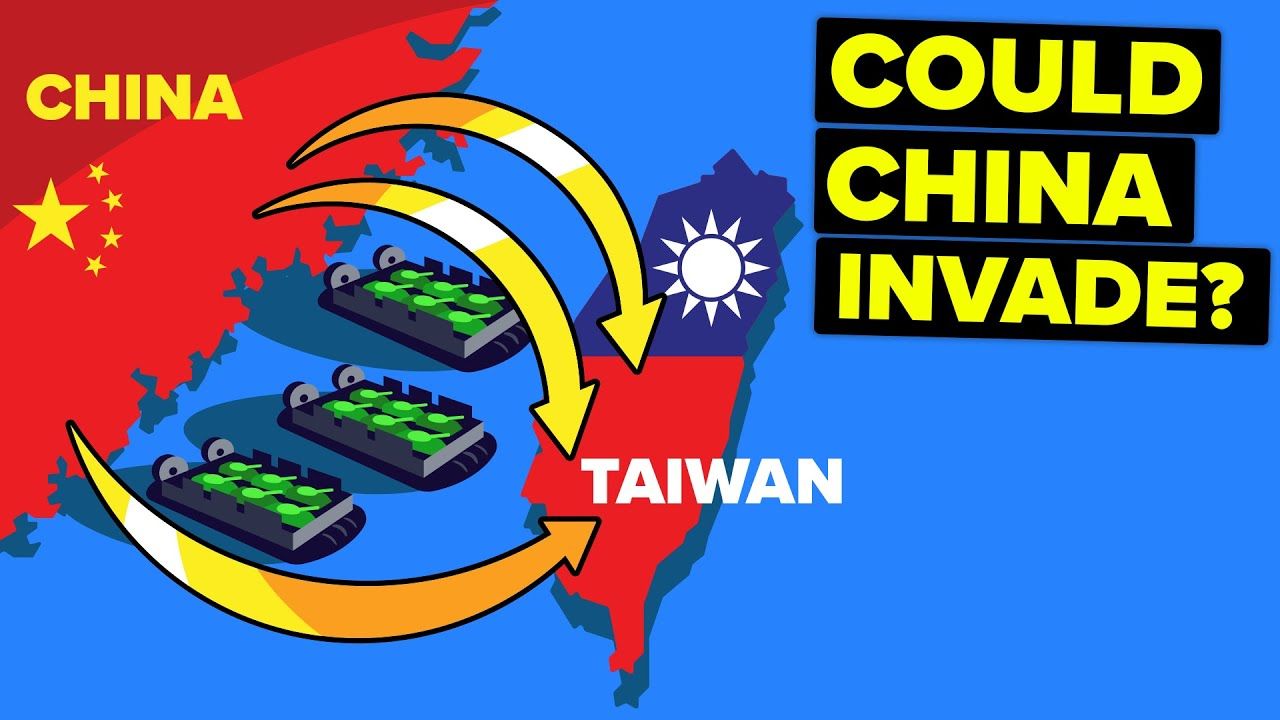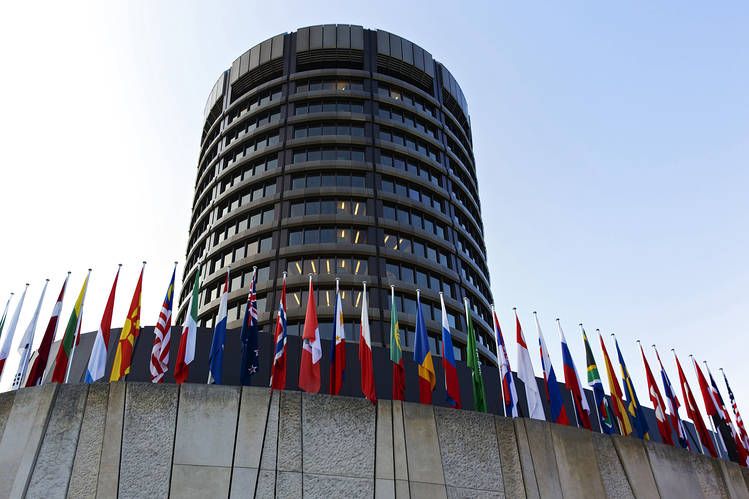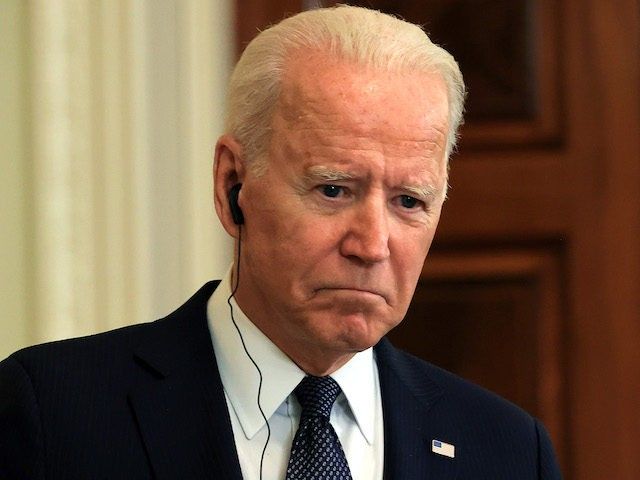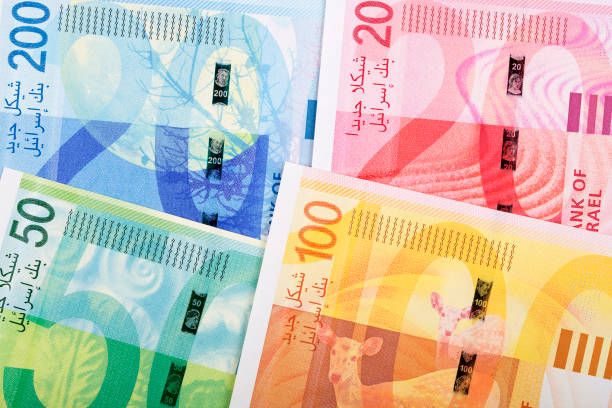Media Ignores Russia Connection of Slain Al-Qaeda Leader
News travels fast, at least the news that the establishment legacy media wants you to know about. On Sunday, July 11, Ayman al-Zawahiri, the long-time deputy leader of Al-Qaeda and (since the assassination of Osama bin Laden) the ruling “general emir,” was killed by a CIA drone strike while standing on the third-floor balcony of his house in Kabul, Afghanistan.
However, one key aspect about his life that was missing from most of his obituaries circulated by the mainstream media was his purported ties to Russia, namely that he was an FSB-trained asset.
“They plot injustice and say, “We have devised a perfect plan!” Surely the human mind and heart are cunning.” Ps. 64:6 NIV
The FSB, or Federal Security Service, is the primary successor to the KGB — the intelligence and counter-espionage arm of the Soviet Union, which was dubbed by its founder Felix Dzerzhinsky as the “sword and shield of the [Bolshevik] revolution.” In fact, the FSB continues to use the Soviet communist iconography of the sword and shield in its official emblem.
The claim that Ayman al-Zawahiri was a Russian/FSB asset originated from former KGB/FSB Lieutenant Colonel Alexander Litvinenko, who was fatally poisoned following his defection to the United Kingdom in 2006. Prior to defecting, Litvinenko gave an interview to the Polish newspaper Rzeczpospolita that was published on July 16, 2005. In the interview, Litvinenko identified Ayman al-Zawahiri, the then-deputy emir of Al-Qaeda, as having been trained by the FSB in 1998. Below is what Litvinenko told Rzeczpospolita:’
Ayman al-Zawahiri trained at a Federal Security Service (the former Russian KGB) base in Dagestan in 1998. He was then transferred to Afghanistan where he became Osama Bin Laden’s deputy. I was working in that section at the time and I can confirm the fact Zawahiri was not the only link between the FSB and Al-Qaeda.
According to Litvinenko, al-Zawahiri was only a recent example of a long line of KGB/FSB-trained terrorists and despots, among whom included Ilich Ramírez Sánchez (a.k.a. “Carlos the Jackal”); Yasser Arafat, former leader of the Palestinian Liberation Organization and first president of the Palestinian National Authority; Wadie Haddad (a.k.a. Abu Hani), the leader of external operations for the Marxist-Leninist Popular Front for the Liberation of Palestine; former Iraqi dictator Saddam Hussein; former General-Secretary of the Lebanese Communist Party George Hawi; and Sean Garland, the president of the Marxist-Leninist Workers’ Party of Ireland.
Read More @ New American HERE











